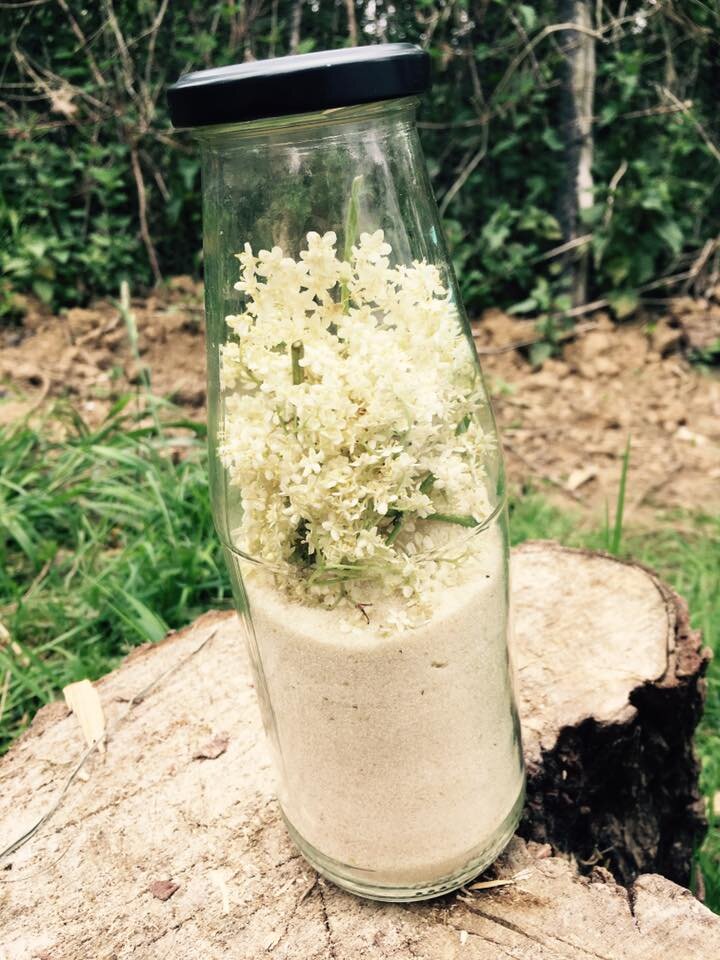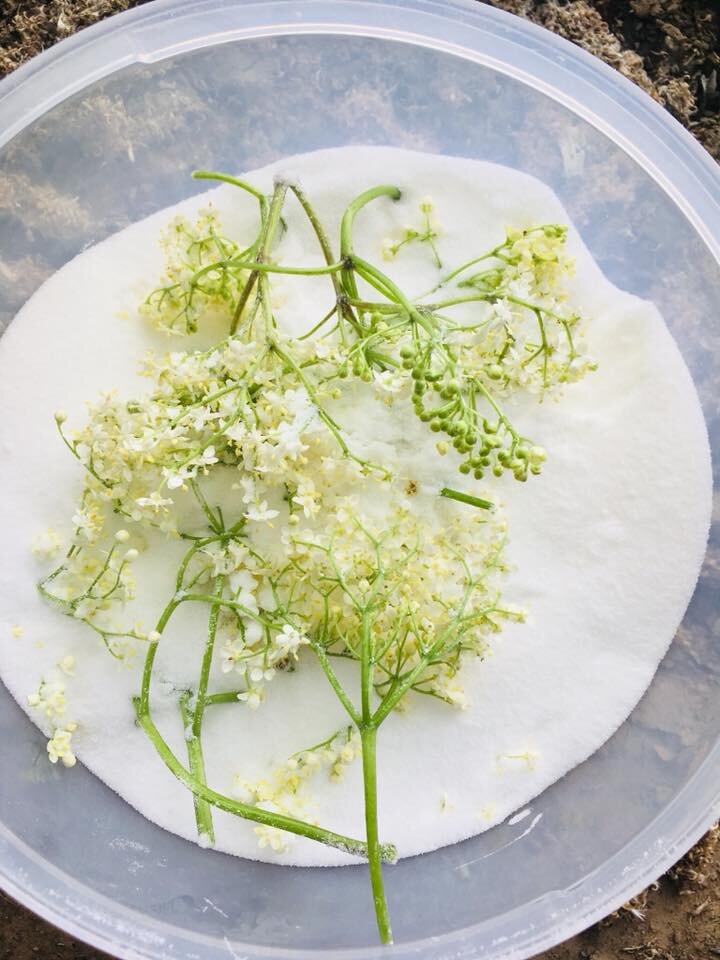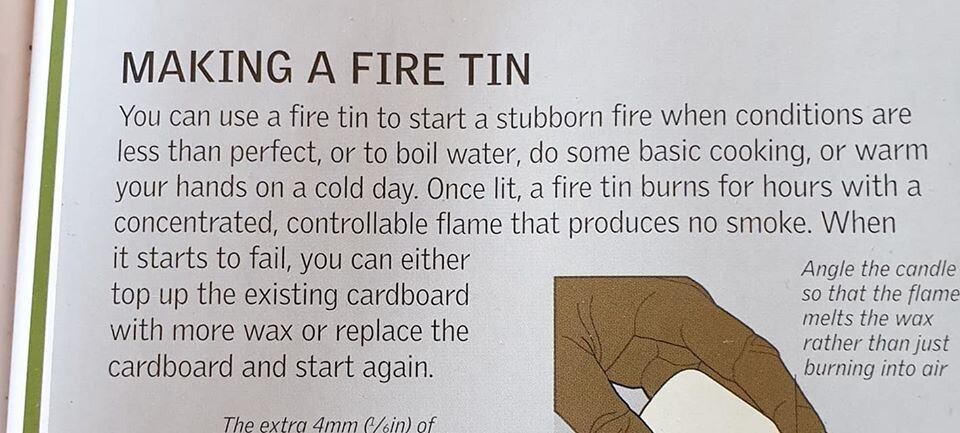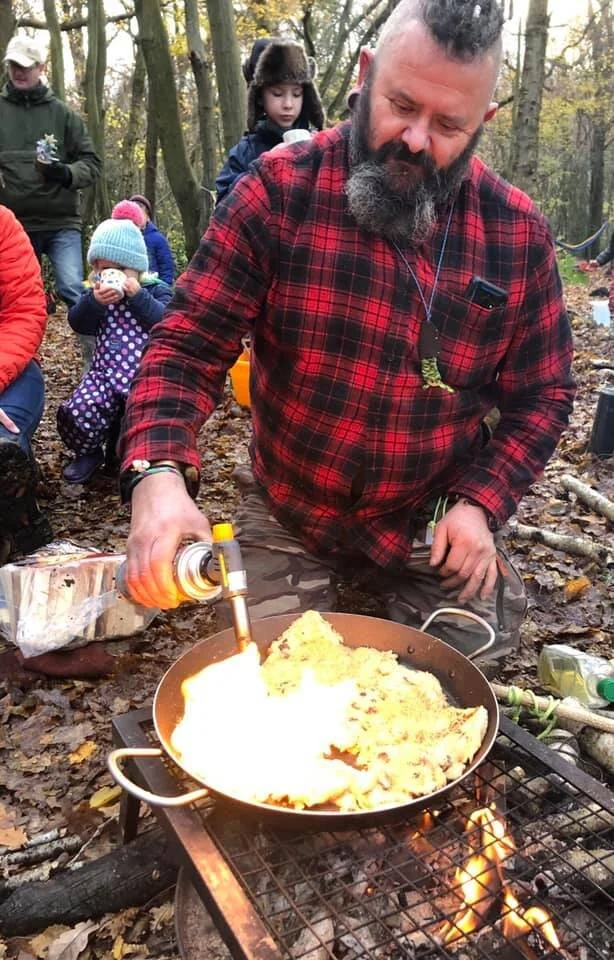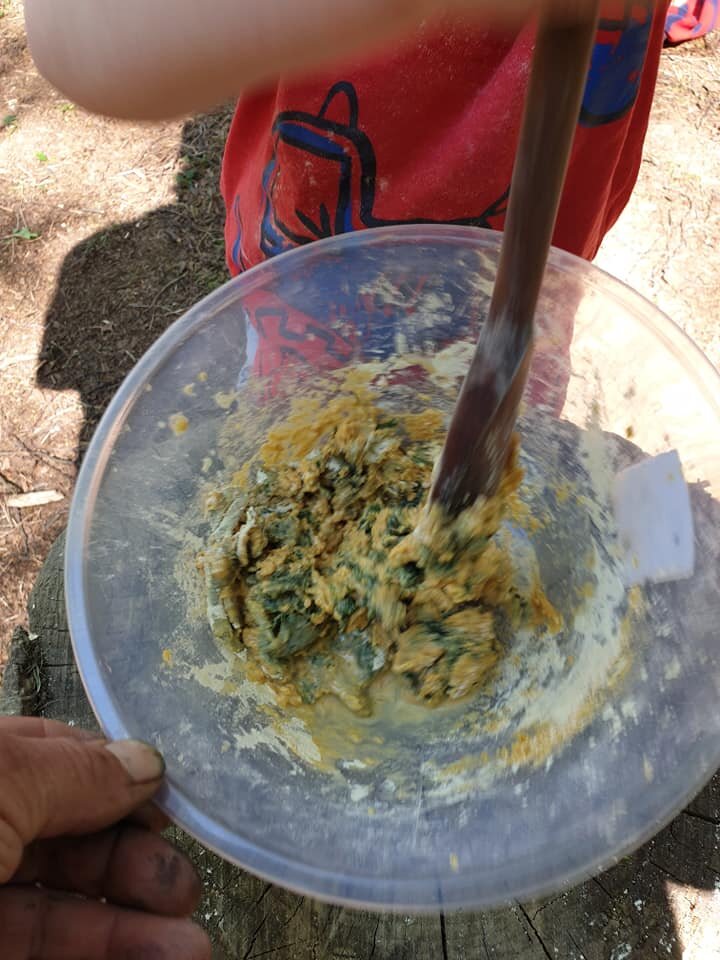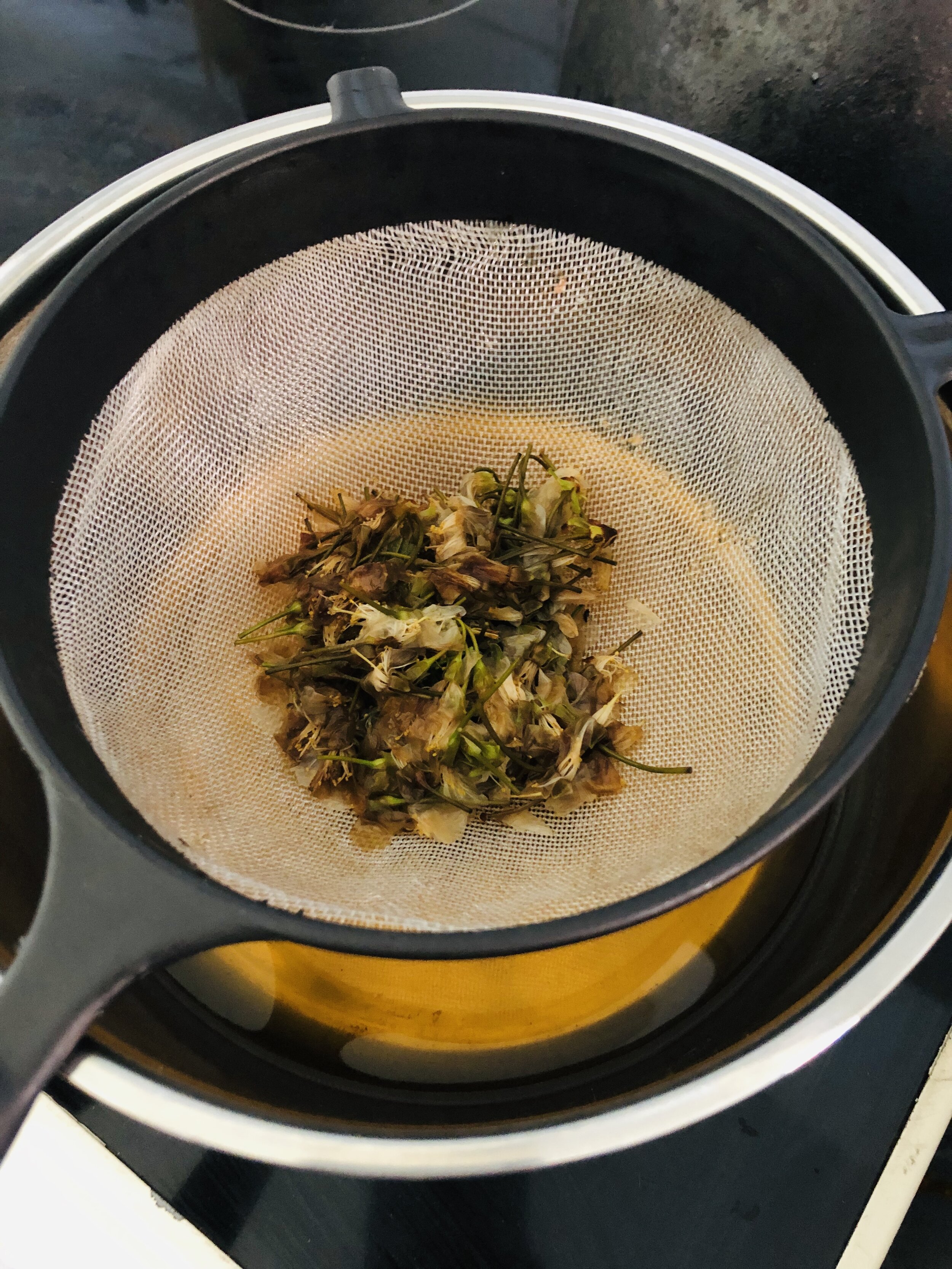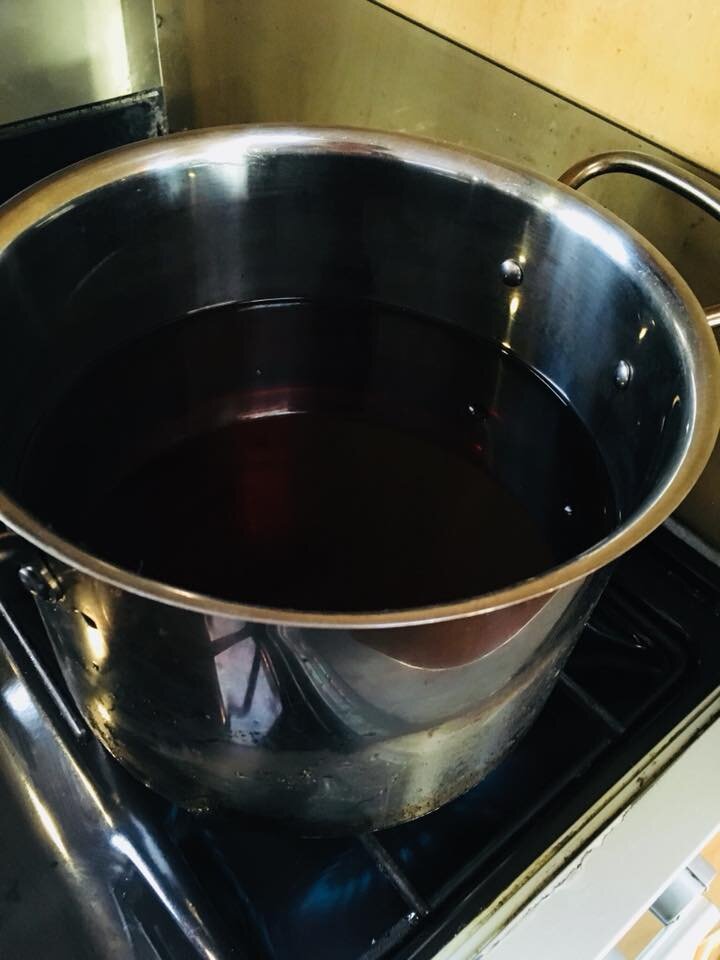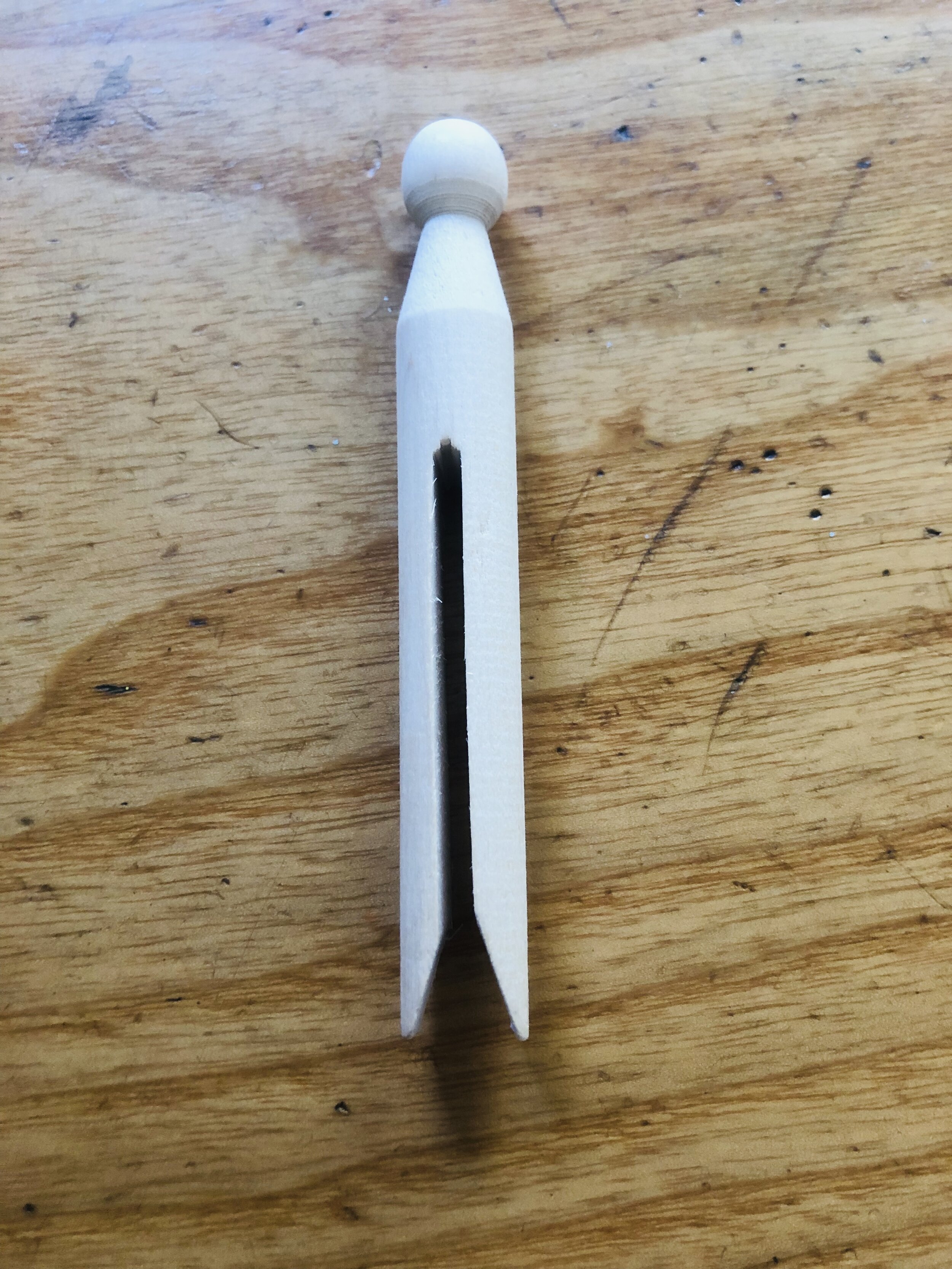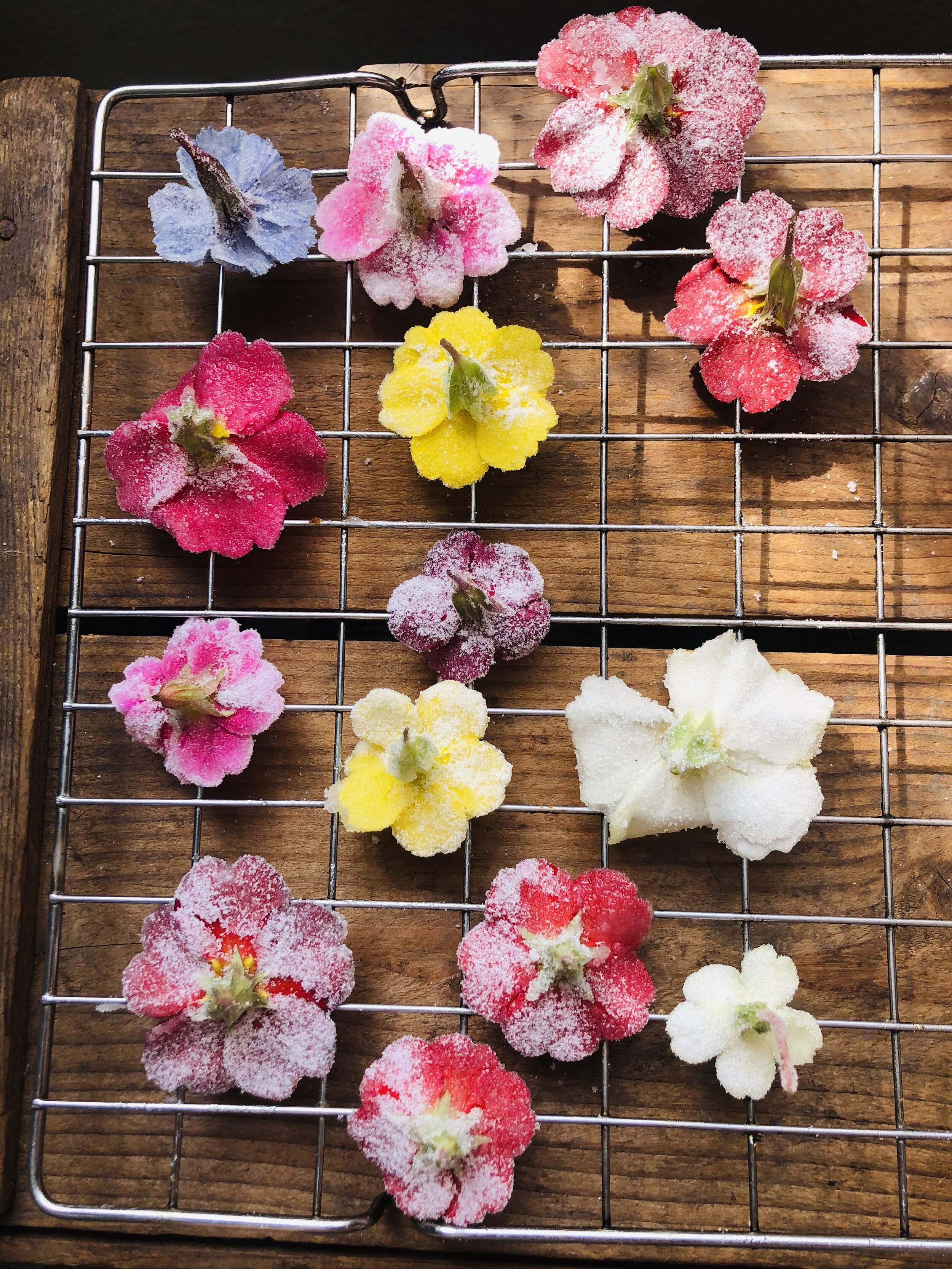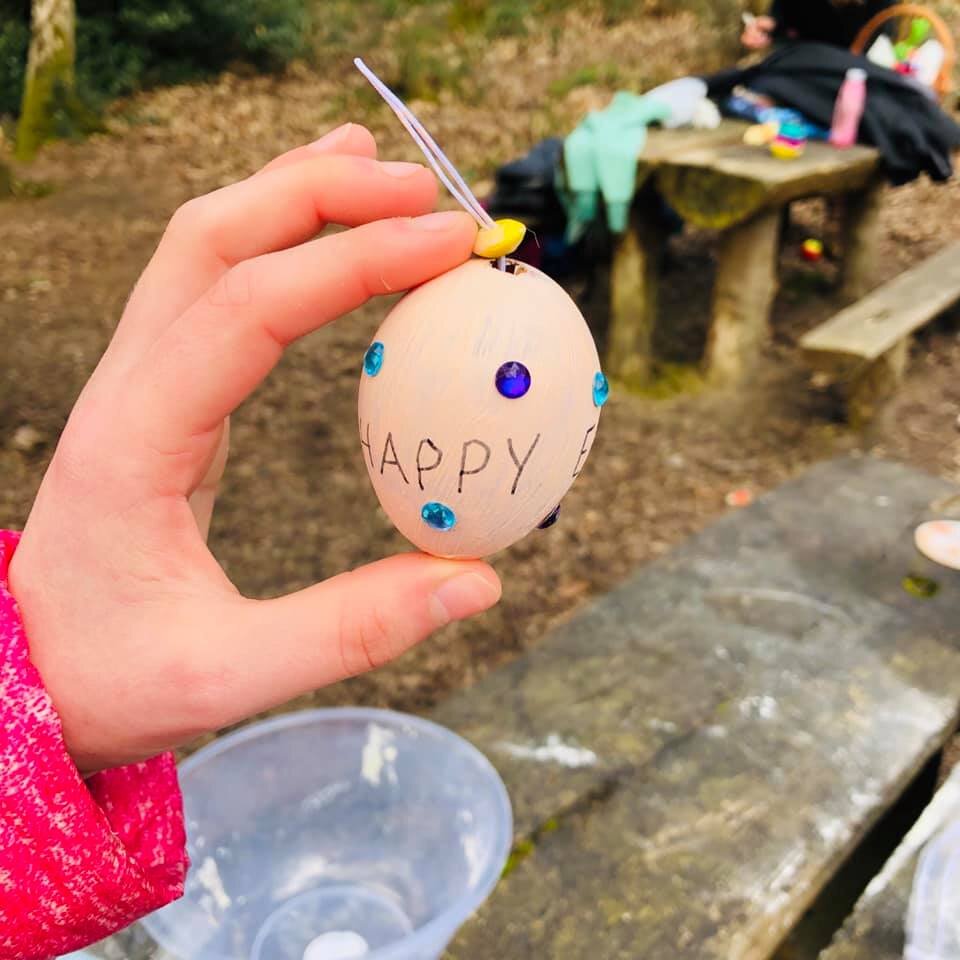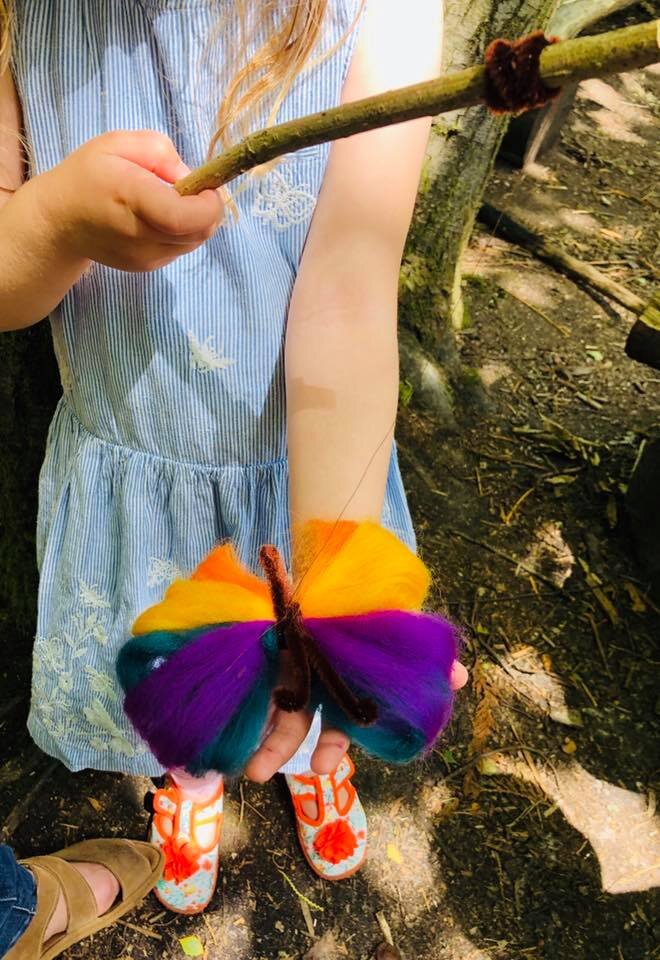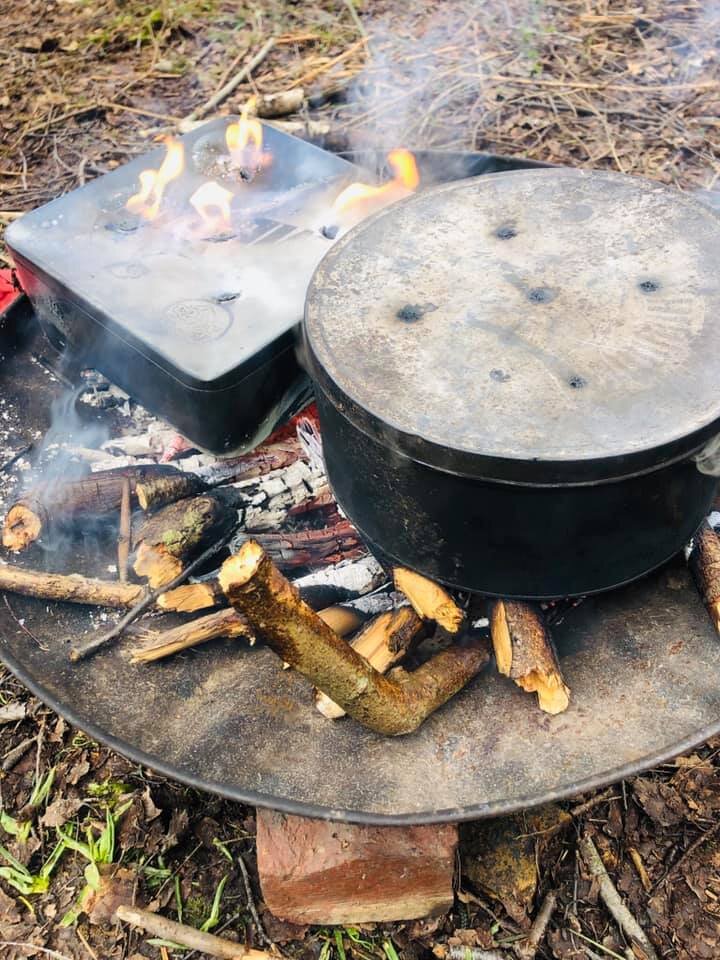Tree Guardians
/By Mel Evans
The weather has broken, the rain is here and everything is growing! For us rain means welly walks, puddles to splash in, cozy shelters and lots of lovely mud!
Its no secret that we LOVE mud and you will find a mud kitchen at most of our sessions. You might have some top quality mud in your garden. You might stumble upon a mole hill on a walk (moles make the best mud by the way.) If your really lucky (or unlucky if you are a keen gardener) you might even have some clay in your garden.
We found a great source of clay a few days ago while digging manure for the garden.
We worked the clay we found with a little water until it was a good consistency You can do this with mud too. If you take a little mole hill mud or mud from the garden and add a little water you can make mud firm enough to model with.
We added water until the clay was just right.
We decided to use the clay to make a Tree Guardian, a face on a tree to look after it. The most important thing to remember is to make a key to get the mud or clay to stick to the tree. You basically break a bit off and smear it on the tree and then use this to stick the rest of the mud or clay on.
Making the key that will hold the rest of the mud or clay in place.
Once the mud or clay is in place you can go about modelling a face and adding natural materials for features. Working with clay allows you to be really creative, but mud gives good results too. The main thing is to enjoy the process. You can get imaginative, enjoy being outside, connect with a tree and experience the feel of the mud or clay between your fingers.
You can visit your Tree Guardian and see how they fair through the sun and the rain. Obviously as they are made of natural materials they will cause no harm when they eventually drop off the tree. I love the idea of other families finding them on their walks and the stories they might make up to explain them!

















